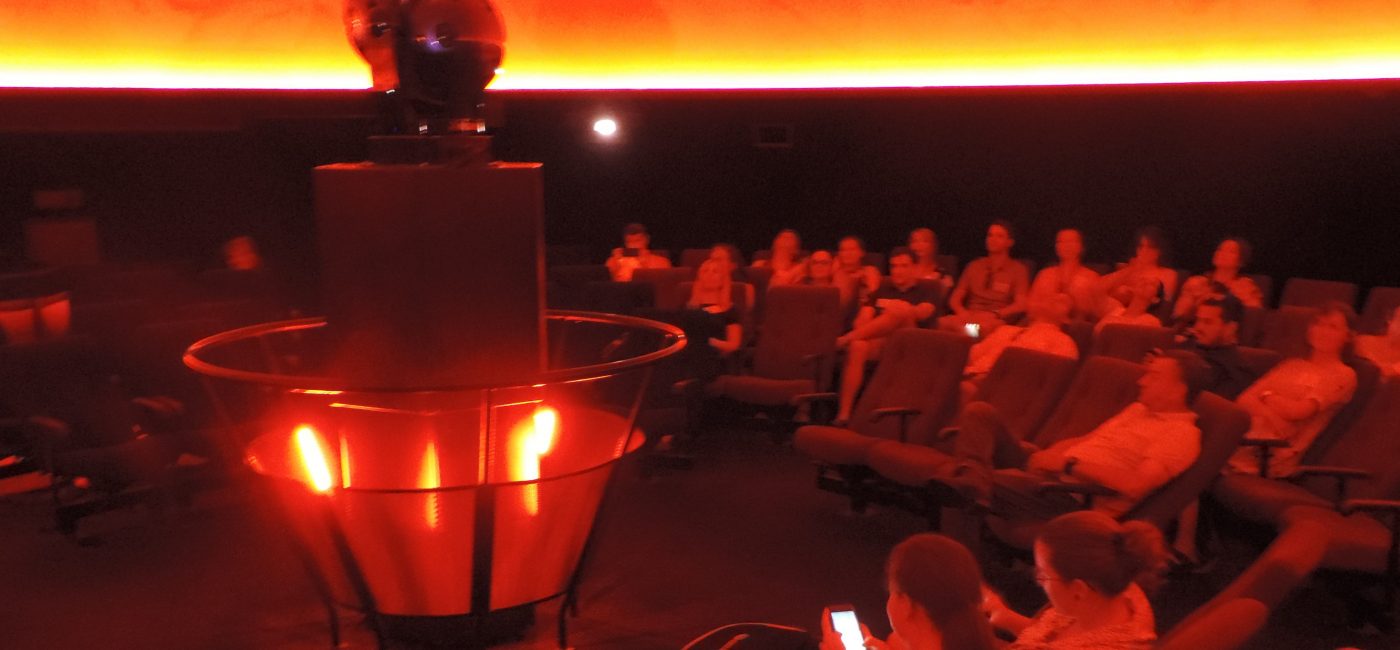
See science in a different guise
The sound of luggage being wheeled across tarmac and the sight of science teachers from across Australia shuffling into the residences at the University of Queensland for the start of the NYSF National Science Teachers Summer School (NSTSS 2018) instantly dispelled any misconception that teachers do not have lives.
Dr Damien Pearce, CEO of NYSF, kicked off the inaugural Brisbane NSTSS session with a welcome address that urged teachers to constantly renew their passion for science education.
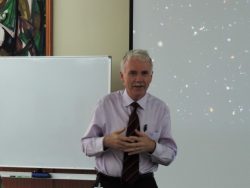
- Professor Aidan Byrne, Provost at The University of Queensland
A welcome from Professor Aidan Byrne, Provost at the University of Queensland, who was “heartened by the marriage that NYSF and teachers have endured over the past 10 years” and the opportunities that the program provides teachers to see “science in a different guise” further emphasised Damien’s key message in his address.
With the conclusion of the welcomes, we moved straight into some serious science, which is exactly what we all signed on for. A bombardment of questions infiltrated our minds - What is dark energy? What is dark matter? How do the laws of physics really work?
If you have ever wondered at the complexities of such questions, you need only sit down with the infectiously enthusiastic Professor Tamara Davis, Cosmologist at the University of Queensland, to talk all things gravitational waves and dark energy.
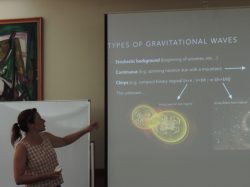
- Professor Tamara Davis, Cosmologist from the Unviersity of Queensland
Many teachers noted that Prof. Davis inclusive style of communication allowed even the non-physics-trained teachers to readily understand and engage with complex physical concepts, such as dark energy, dark matter and neutron star collisions, as she delivered her research passionately.”
Caitlin from Queensland said “(Tamara) was enthusiastic. A non-physics person could understand her talk, as it was at an appropriate pitch, without dumbing it down too much.”
After collecting the fragments of our minds after they had been well and truly blown, we boarded the buses, in an orderly fashion of course. Our first visit was to the Sir Thomas Brisbane Planetarium which put into perspective any run-of-the-mill issues such as marking and report writing that may concern the average teacher - myself included. This was predominantly due to the realisation of how vast the universe is and how comparatively insignificant our world may seem.
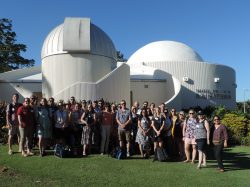
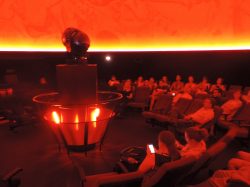
Whilst reclined in the Cosmic Skydome at the Sir Thomas Brisbane Planetarium, we were taken on a journey to the Moon, through the constellations and outside of our galaxy to the far reaches of space. Arguably, the most interesting and eye opening point of discussion was the visualisation of the amount of orbiting junk that society has dumped into space! The visit definitely reawakened the teachers’ wide-eyed curiosity similar to that experienced by younger students when they first understand the reality of the vast unknown beyond Earth’s surface.
Day 1 was an eventful one that has reignited a fire in the Brisbane NSTSS participants that is sure to set their schools, colleagues, classrooms and the minds of their students ablaze with a strong curiosity and thirst for science.
After setting the scene for the rest of the week, it was clear we had a lot ot look forward to - it is no wonder there is an ample supply of coffee!
by Jason Borg, NYSF NSTSS 2018 BNE participant and NYSF alumnus 2010